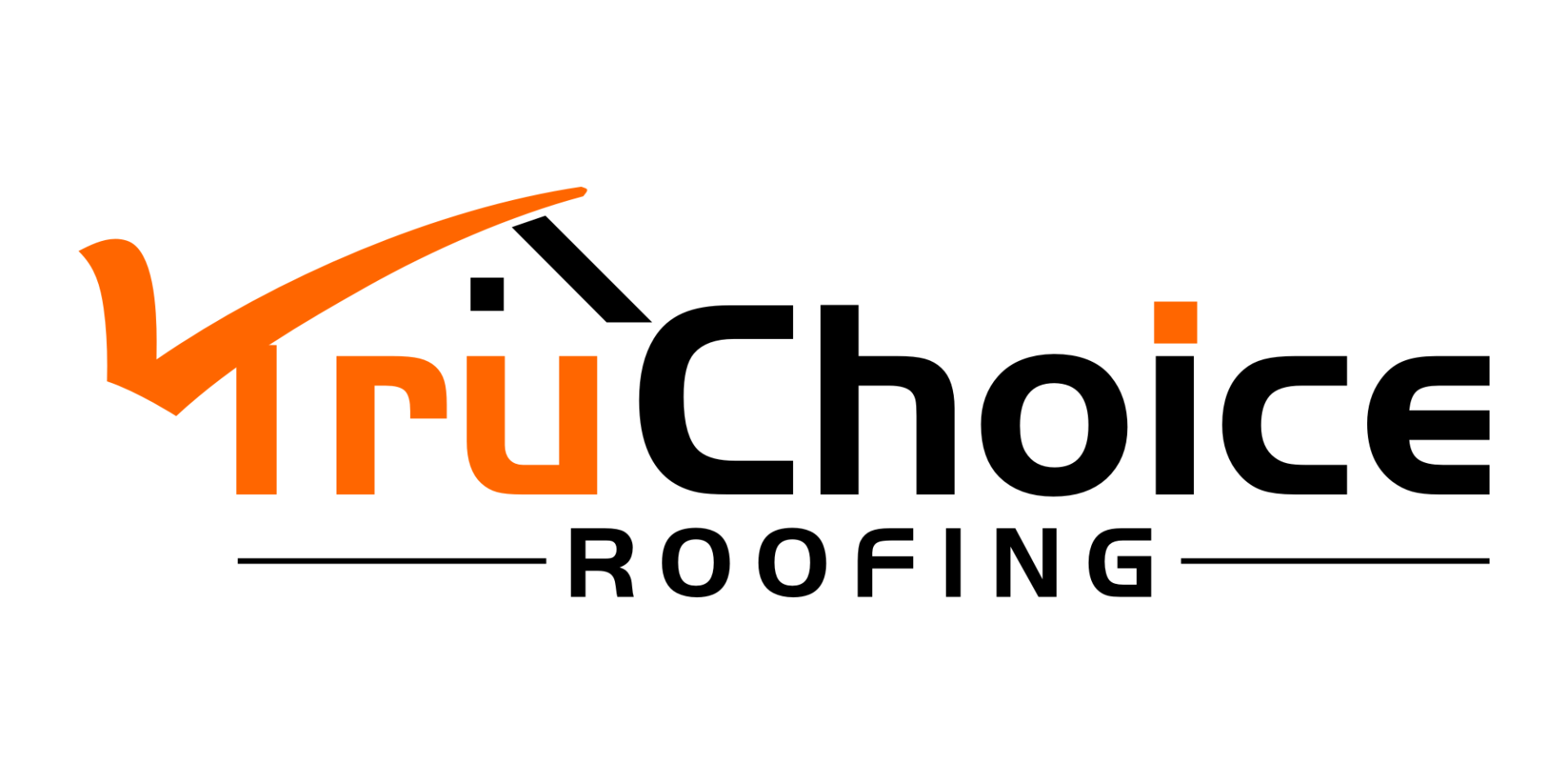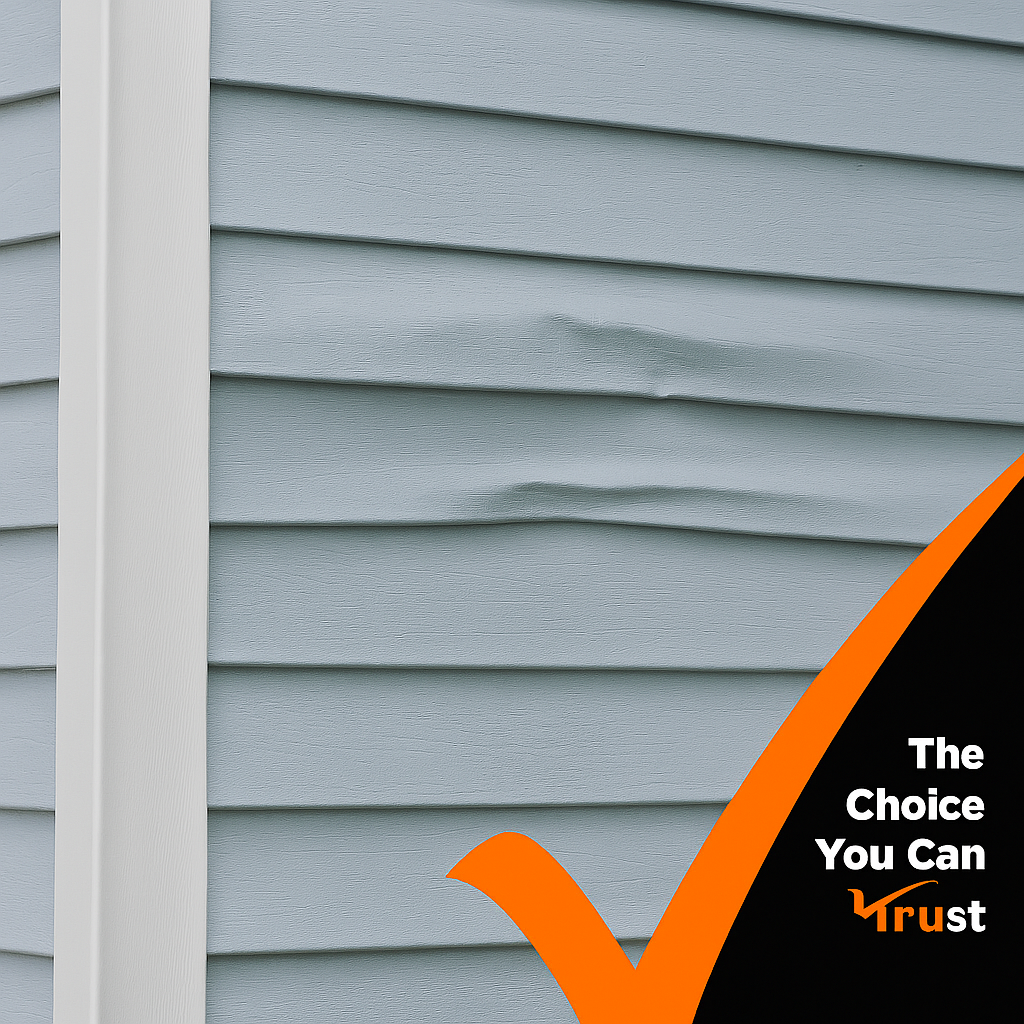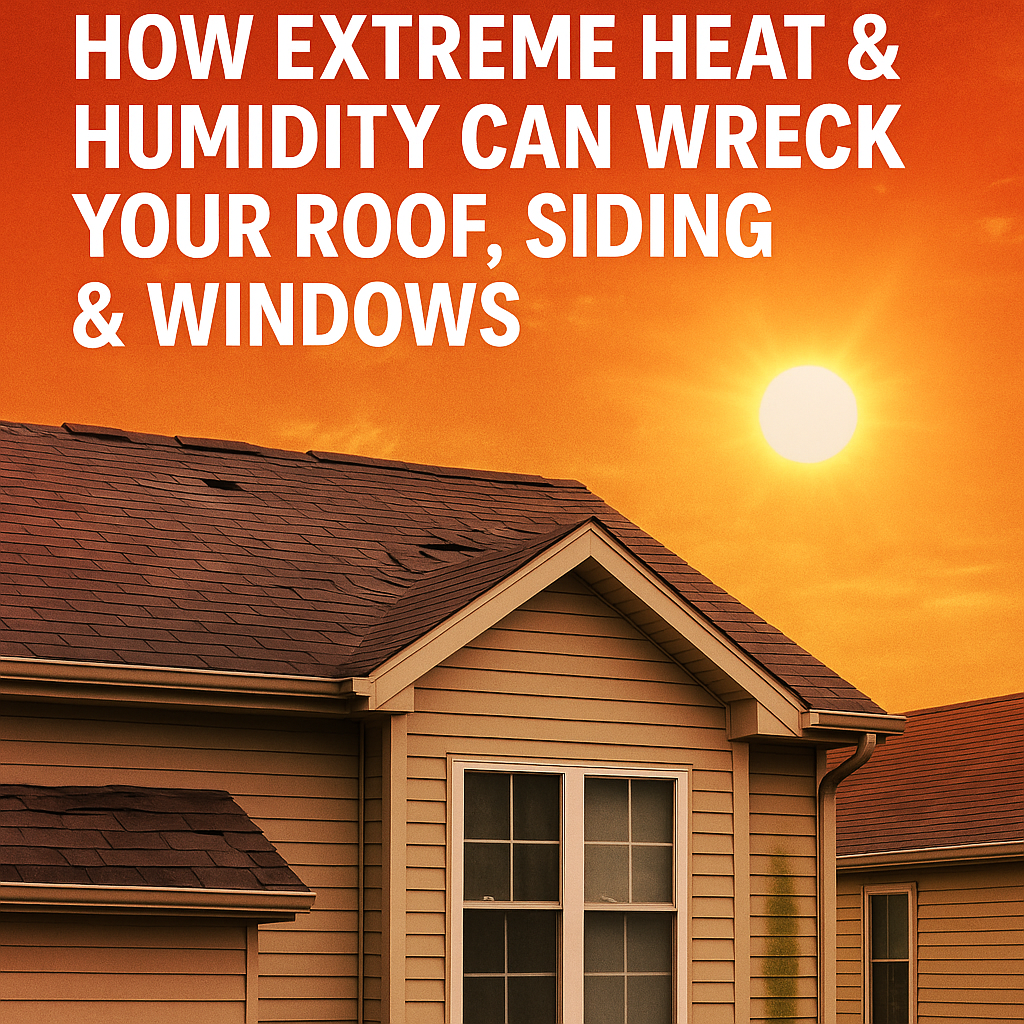Does Your Home Need Roof Ventilation?
Roof ventilation is a crucial component of every house, but homeowners frequently ignore it. Many advantages of proper roof ventilation include increased indoor air quality, reduced moisture buildup, and a longer lifespan for your roof. We'll discuss the benefits of roof ventilation for your home in this blog post.
What is ventilation on a roof?
The process of bringing air into and out of your home's attic is referred to as roof ventilation. To allow air to enter and exit, vents must be installed in the roof or attic. Roof ventilation's primary objective is to control the temperature and moisture levels in your attic, which can have an effect on the general health and energy efficiency of your home.
Give us a call anytime at 260-222-8812 to discuss whether or not your roof has the proper ventilation!
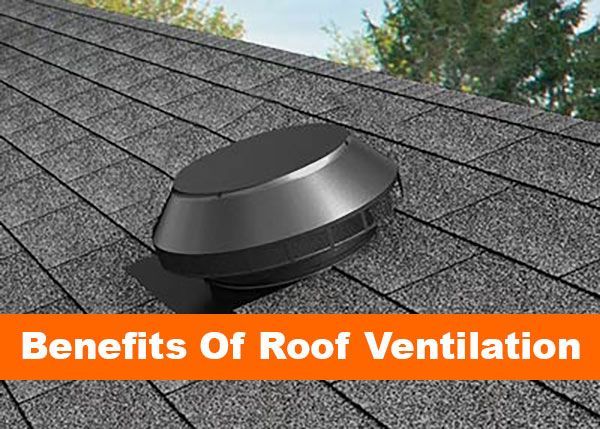
Why is roof ventilation necessary for your home?
Your home needs roof ventilation for a number of reasons. Some of the most significant ones are listed below:
One of the main advantages of roof ventilation is that it aids in preventing moisture buildup in your attic. Without adequate ventilation, moisture can build up in your attic and harm your roof and other home's structural elements.
Increases interior air quality: By lowering the concentration of allergens and pollutants that can build up in your attic, proper ventilation can assist your home's indoor air quality.
Prevents damage from excessive temperatures and moisture buildup by managing the temperature and moisture levels in your attic, good roof ventilation can help extend the lifespan of your roof.
Lower energy costs: By controlling the temperature in your attic, roof ventilation can also help you save money on electricity. It can assist in preventing your attic from being too hot in the summer, which can lessen the strain on your air conditioning system. It can lessen the burden on your heating system throughout the winter by assisting in the prevention of moisture buildup.
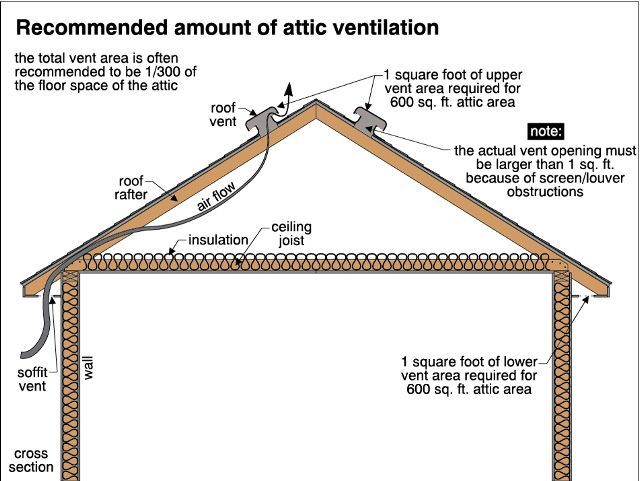
Types Of Ventilation For Roofs
Passive and active ventilation systems for roofs are the two basic varieties.
- Passive Ventilation: In order to circulate air into and out of your attic, passive roof ventilation depends on natural airflow. Vents that have been installed in the roof, gables, or soffits can be used to do this.
- Active Ventilation: On the other side, active roof ventilation uses mechanical equipment to flow air into and out of your attic. Fans or other mechanical devices that are installed in your attic or on your roof can be used to accomplish this.
The ideal roof ventilation for your house will rely on a number of things, including the size of your attic, the local climate, and the overall layout of your house.
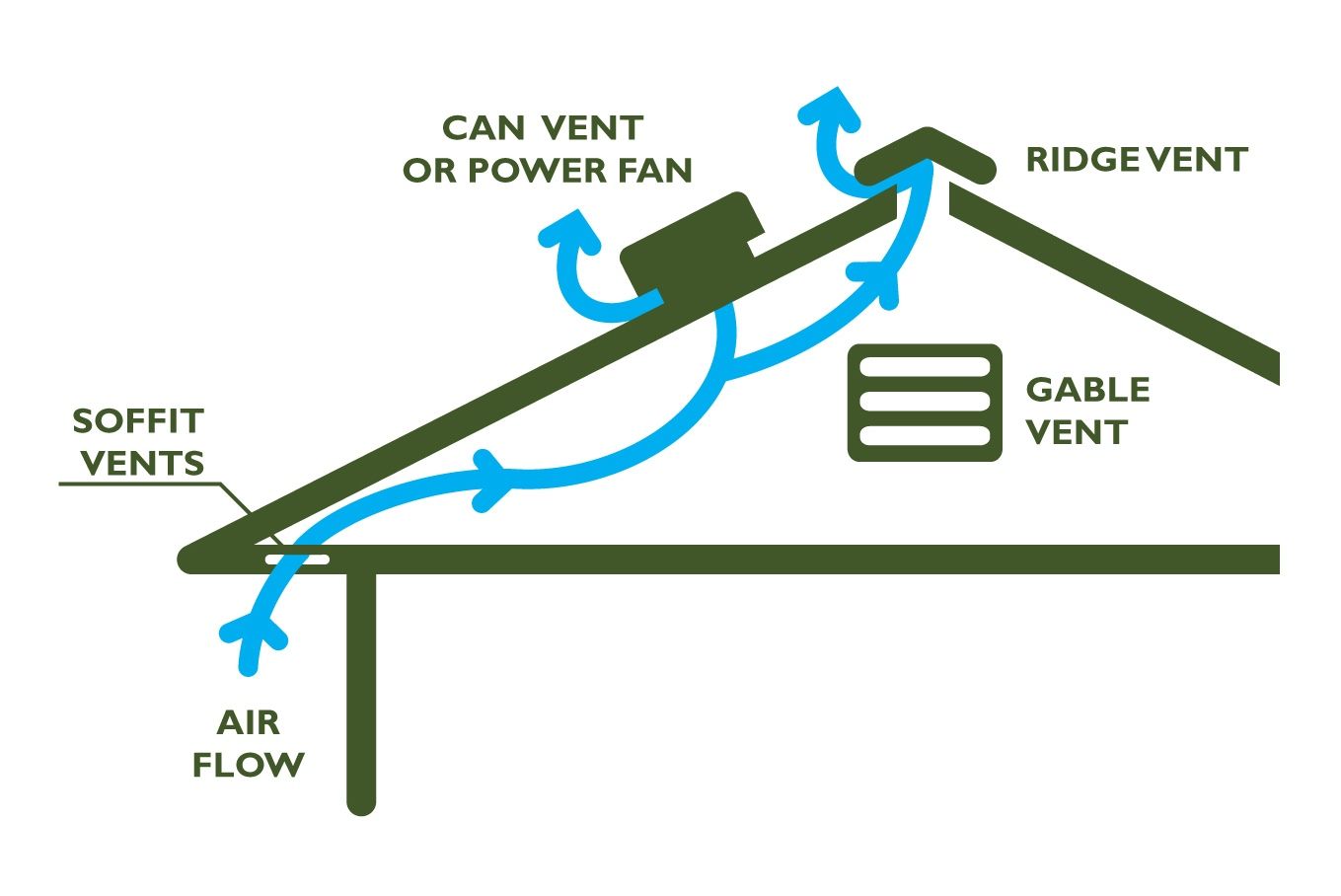
Finally, proper roof ventilation is a crucial component of every house. It can lessen energy use, enhance indoor air quality, prolong the life of your roof, and assist avoid moisture buildup. It's a good idea to seek professional advice if you're unsure whether your property has adequate roof ventilation to decide the best course of action.
Call us anytime at 260-222-8812 anytime for any questions you have about your roofs ventilation!
We offer completely FREE roof inspections if you want us to take a look and let you know how well your roof in ventilated.
